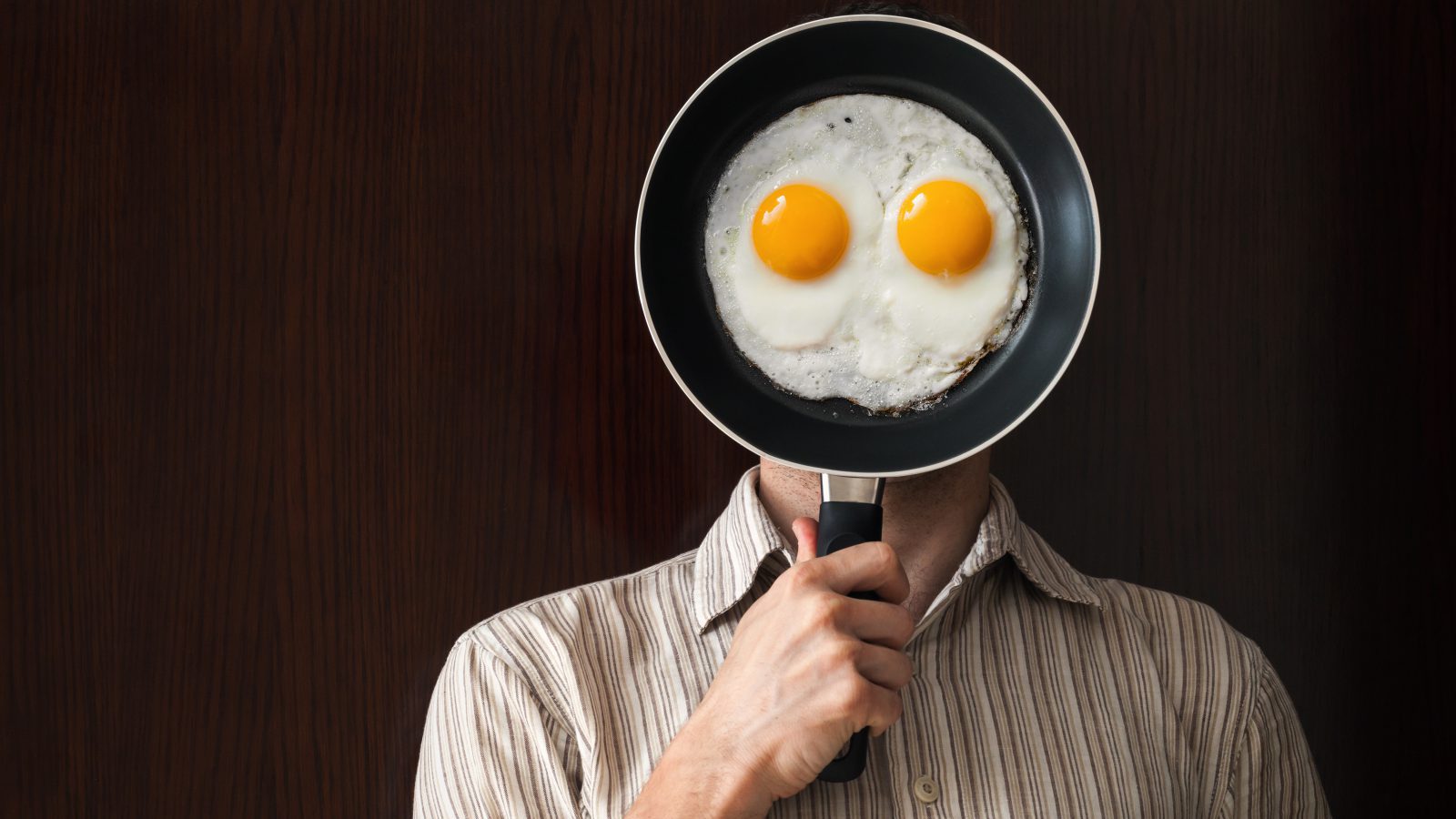Q. Dear Umbra,
You addressed nonstick cooking ware in 2014. How about an update that addresses aluminum or anodized cookware? What’s the latest?
Bill C.
Annandale, Va.
A. Dearest Bill,
But of course. I love any excuse to saunter over to the kitchen, especially one that allows me to cook myself an omelet and call it “very important work-related testing.” Preliminary results indicate high levels of deliciousness.
But you’re concerned about nonstick cookware, not my culinary endeavors. You’re right that I gave anodized aluminum pots and pans rather short shrift the last time I looked into kitchen accoutrements. That’s not because I don’t think they can be a nice choice for the eco-conscious cook — I do. It’s just that my love for cast iron and stainless steel is so encompassing. I still recommend those materials above any others. But the cookware aisle is full of options, and I don’t want to restrict your freedom to (safely) stir-fry, simmer, and sauté as you see fit.
As you may or may not know, Bill, aluminum and anodized aluminum are not exactly the same thing. Plain old aluminum, aka element 13, in its natural form is one of the most abundant elements on the planet. It’s in our soil, drinking water, and food, and is added to products like medicines and makeup. It’s also used to fashion some affordable skillets and other cookware. The rub here, though, is that these types of pots and pans can melt (what an unfortunate dinner party that would make), and they can also leach aluminum into your food.
We’re not talking large amounts. And remember, our own CDC advises, “You cannot avoid exposure to aluminum because it is so common and widespread in the environment.” Furthermore, the scariest rumors about aluminum — that it causes Alzheimer’s disease — have never been scientifically verified over decades of studies. Both the Alzheimer’s Association and the Alzheimer Society of Canada agree that the risk posed by aluminum cookware is slim to nil. So I don’t think we need to panic about this particular material. Still, though, the stuff is associated with some health risks; it’s also less likely to last than some other, hardier metals, and it has a tendency to react with highly acidic or alkaline foods. Therefore, I can’t give it the Umbra seal of approval.
Anodized aluminum, on the other hand, has been zapped with an electrochemical process that “seals” the metal with a very durable nonstick surface. This version of our friend Al is highly conductive, scratch- and rust-resistant, and quite strong. It tends to be more expensive than the untreated metal, but anodizing keeps the aluminum bound up nicely in your pots, not your pot roast. Not only that, it just plain works better for cooking and lasts longer. True, virgin aluminum is very resource-intensive to produce (hence my preference for steel and uber-long-lasting cast iron). But if a nicely made anodized cookset comes into your life — inheritance from a long-lost great uncle? 90-percent-off sale? — I think it can also be a good choice to grace your stovetop.
I hope that helps, Bill. Although I’m not totally sure I’ve examined every possible aspect of this matter. I’d better hop back into the kitchen and whip myself up some hot cocoa. You know, just to be thorough.
Boronically,
Umbra




